Description
- Product Model: 140CPU67260
- Product Brand: Schneider Electric
- Product Series: Modicon Quantum / Unity Hot Standby
- Product Features:
• 3,072 kB internal RAM with support for PCMCIA memory expansion
• Operates at 266 MHz and supports multimode Ethernet, fiber optics, and multiple fieldbus interfaces
• Full hot-standby redundancy capability with automatic failover switching
• Supports large-scale distributed I/O (Ethernet remote, Modbus Plus, X80, etc.)
Technical Features & Benefits
At its heart, the 140CPU67260 is a high-availability CPU for the Modicon Quantum line. With a clock speed of 266 MHz, it handles complex logic, interlocks, and communications with high throughput. Its memory core is 3,072 kB internal RAM (with ~1,536 kB for data), offering headroom for large control tasks. For users needing more, it supports expansion via PCMCIA: up to 7,168 kB for program memory and 8 MB for file storage.
What truly distinguishes 140CPU67260 is its hot standby redundancy. In systems where uptime is paramount, two CPU modules can be paired so that if the primary fails, the standby takes control with minimal interruption. The failover occurs over fiber-optic or multimode Ethernet links using quantum’s built-in redundancy protocol.
Communication flexibility is another strength. The 140CPU67260 supports several protocols: Ethernet TCP/IP, Modbus Plus, Profibus DP, Modbus (RS232/485/ASCII), AS-Interface, and Sy/Max. Further, it includes optical fiber connections for redundancy linking.
From performance to diagnostics, the 140CPU67260 supports accurate time stamping, high-speed interrupts, counters, and serial links. Its instruction throughput is approximately 10.28 Kinst/ms (all Boolean) and about 10.07 Kinst/ms with mixed Boolean/numerical loads.
For power planning, note that the CPU draws about 2,760 mA from the backplane. Also, LED indicators (Ethernet activity, configuration status) assist in field diagnostics.
Lastly, Schneider has marked 140CPU67260 as discontinued (since December 31, 2018), with its end-of-service scheduled for December 31, 2026. Its recommended replacement is the BMEH584040 redundant M580 processor in many cases.
Product Role & System Fit
In a control cabinet for Modicon Quantum, the 140CPU67260 is the brain — managing logic, communications, diagnostics, and redundancy. In standard (non-redundant) systems, a single CPU handles all control tasks; but where downtime is unacceptable, this model enables hot-standby architectures.
When used in hot-standby mode, one module acts as master, the other remains passive but synchronized. In case of failure or fault detection (communication link loss, hardware fault, etc.), the standby CPU becomes primary without interrupting I/O flows. Thus the 140CPU67260 is central to high-availability control infrastructure.
Because it supports remote I/O over Ethernet and is compatible with X80 and Quantum remote racks, the 140CPU67260 scales well in distributed systems. It effectively bridges field stations, SCADA systems, and master controllers. Its multiple protocol support lets it interface with legacy and new systems alike.
In hybrid systems migrating from older Quantum or Concept architectures, integrators sometimes retain 140CPU67260 for backward compatibility, while gradually introducing M580 or newer processors in parallel. The flexibility helps prolong system life and reduce disruption.
For redundancy-centric systems (e.g. critical process, power plants, refinery controls), the CPU is often paired with redundant power supply modules, redundant fieldbus links, and redundant I/O communication paths to build full fault-tolerant designs.
Applications & Industry Context
The 140CPU67260 has historically been deployed in industries where zero tolerance for downtime exists: utilities (water / wastewater, power generation), oil & gas processing, petrochemicals, pulp & paper, and mission-critical infrastructure. In those environments, hardware reliability and redundancy often make the difference between uptime and costly stoppage.
In a petroleum refinery, for instance, control racks may manage catalytic reactors, distillation columns, compressor trains, and safety interlocks. The control CPU must never drop out. By using paired 140CPU67260 modules, operators can assure system continuity even under hardware faults.
In municipal water treatment, the CPU may supervise thousands of flow, pressure, and chemical dosing loops. The flexibility to support remote I/O racks (Ethernet remote, Modbus Plus districts) lets one CPU module manage large geographical flow of devices.
In large OEM systems (e.g. packaging plants, automotive assembly), integrators sometimes build redundant machine-level control with 140CPU67260 serving as local redundant brains, while higher-level SCADA systems supervise the overall line. In this way, individual cells stay alive even during network interruptions.
Because the 140CPU67260 supports multimode Ethernet and fiber redundancy, it’s suitable in industrial environments with high electrical noise—like steel mills, mining, or heavy machinery zones. Optical links help isolate the CPU from EMI and ground loops.
Though Schneider discontinued it years ago, many facilities continue using 140CPU67260 modules. Spare units and refurb services remain active in industrial distribution. The module’s robustness and legacy field presence make it a stable pillar of many control racks today.
- 140CPU67260
- 140CPU67260
Installation & Maintenance Insights
When installing 140CPU67260, careful attention to wiring, slot placement, and commissioning ensures reliable operation.
- Slot assignment: In redundant setups, place the CPU modules in adjacent slots with minimal fiber jumper length. Keep fieldbus and network modules close to reduce cable runs.
- Communication links: Fiber (multimode) jumpers connecting the two CPUs should be high quality and matched in routing length to maintain timing.
- LED monitoring: On startup, the STS and COM LEDs should indicate correct status. A failure or misconfiguration often shows via blinking or red states.
- Firmware parity: In hot-standby systems, ensure both CPUs run identical firmware versions and configuration files. Firmware mismatch prevents sync.
- Testing failover: Commissioning should include manual failover tests (e.g. cutting communication link) to verify that the standby CPU transitions smoothly to master.
- Power supply redundancy: Pair the CPU with redundant or stable power modules so that supply failure doesn’t cascade.
- Spare planning: Given that 140CPU67260 is discontinued, maintain at least one matched spare (same firmware, revision) stored in controlled conditions.
- Thermal management: CPUs dissipate heat. Ensure cabinet air circulation and temperature control to keep module temperature within 0–50 °C or specified range.
- Backplane current budgeting: With a current draw of ~2,760 mA, ensure the backplane and supply system can handle combined loads of CPUs plus I/O modules.
- Documentation: Record serial numbers, firmware version, jumper settings, and wiring maps. In a failure event, you’ll want quick swap-in with minimal rework.
One field trick: before integrating into a rack, bench-test each CPU with fiber loopback and network pinging to verify I/O path responses and redundancy before final installation.
Related Models & Variants
- 140CPU67261 – A variant or next revision in the same hot-standby series (often similar specs)
- 140CPU67270 – Higher-end Unity processor in the same family (if available)
- BMEH584040 – Schneider’s replacement redundant processor in M580 platform
- 140CPU67250 – Earlier, non-redundant counterpart (older generation)
- Quantum Unity Hot Standby CPUs – the class to which 140CPU67260 belongs
- Modicon Quantum Standard CPUs – non-redundant CPUs used in less critical systems
- M580/M340 Processors – newer Schneider platforms used during migration

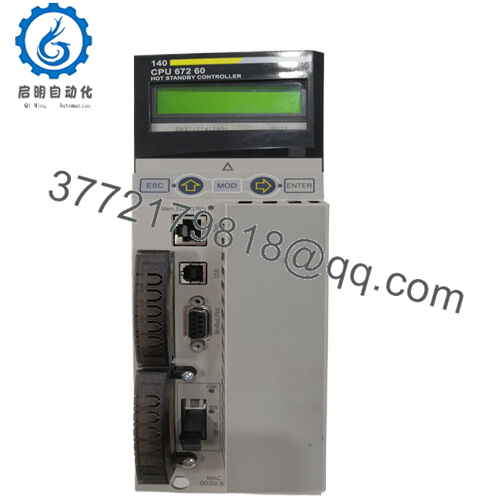
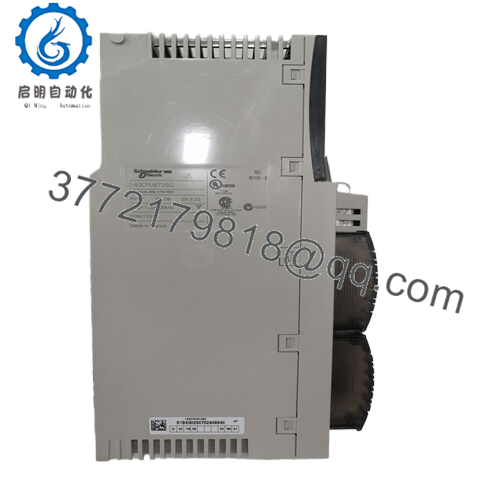
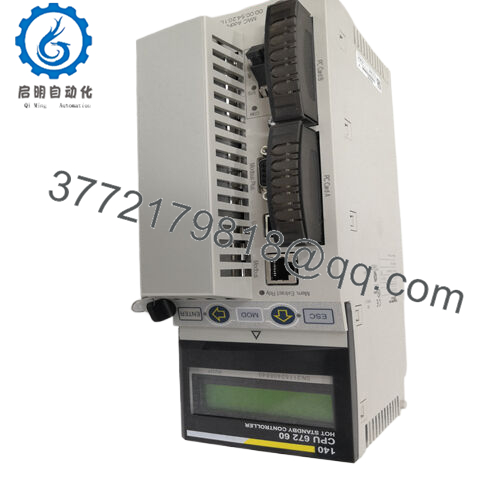
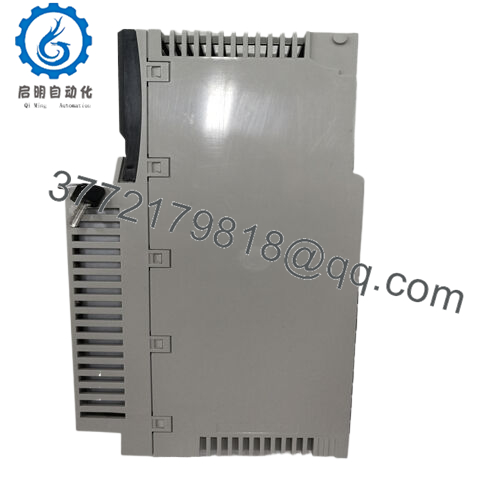
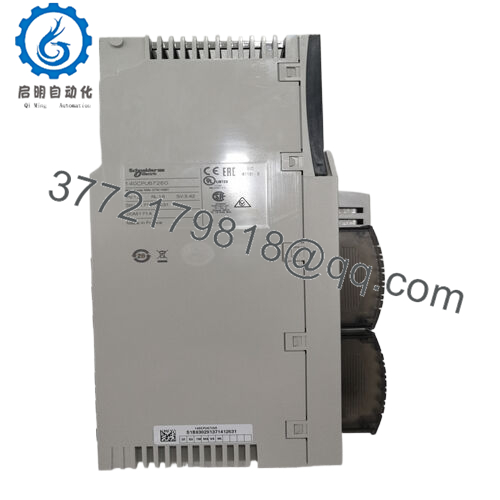
 WhatsApp: +86 16626708626
WhatsApp: +86 16626708626 Email:
Email:  Phone: +86 16626708626
Phone: +86 16626708626


